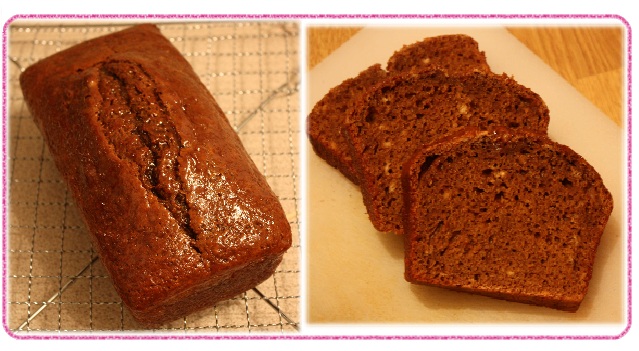After making my own chestnut puree for the chestnut tofu burgers I made a little while back I had quite an excess taking up space in my freezer so thought I had better find another use for the stuff. That was when my friend Poppy dug out a recipe from her collection of old Good Food magazines for a chestnut truffle cake which I decided to give a go. The result was a rich, delicious mousse type cake, that was easy to make and gluten free as well, so a perfect addition to this blog!
INGREDIENTS
400g chestnut puree (see chestnut tofu burger recipe for method to make chestnut puree)
100g caster sugar
100g butter, cut into cubes
100g dark chocolate, broken into pieces
3 tablespoons milks
Seeds scraped out from half a vanilla pod
FOR THE TOPPING
100g dark chocolate
25g butter
1 tablespoon single cream
Put the chestnut puree into a food processor with the sugar, and whizz until smooth.
Put the butter and chocolate in a pan with the milk and heat gently, stirring, until they have melted forming a smooth sauce. Stir in the vanilla seeds, then add the sauce to the chestnut mix in the food processor, and whizz again until well combined.
Line a lightly buttered loaf tin with cling film and pour in the chestnut mix. Smooth the top, cover with cling film and chill for 24 hours.
To serve turn the truffle cake out onto a flat plate or board and peel off the cling film. Then return to the fridge to firm up a little while you make the topping.
Gently melt the chocolate, butter and cream in a saucepan over a gentle heat until smooth and well combined. Remove the cake from the fridge and spread the topping over the top and sides of the cake spreading evenly with a palette knife or spatula. Return to the fridge to set before serving.
The cake will keep in the fridge for another 6 days. To serve cut into thin slices and serve with a little single cream or mixed forest fruits.
Adapted from: Good Food Chestnut Truffle Cake










